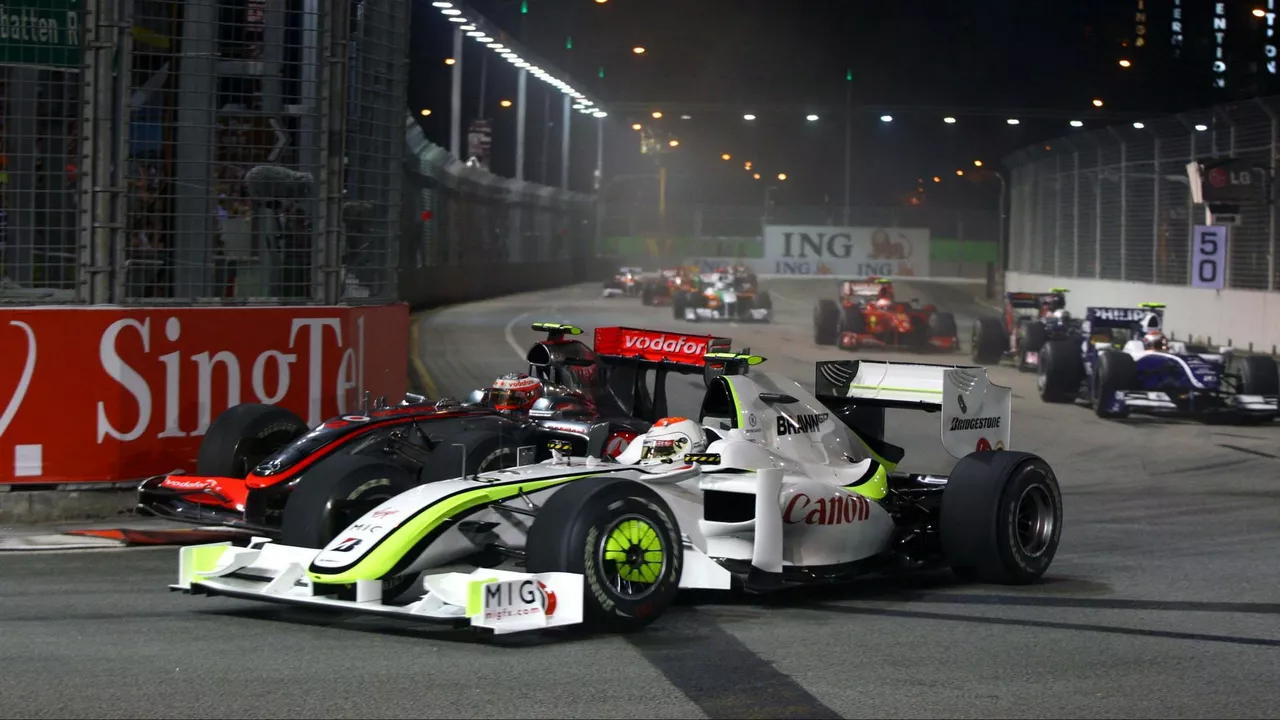
by Daxton Fairweather, 9 May 2023, Motorsports and Racing Analysis
0
CommentsIndyCar vs Formula 1: Understanding the Key Differences
Before we dive into discussing why IndyCar hasn't imitated Formula 1 to gain popularity, it's essential to understand the key differences between the two racing series. First, Formula 1 is an international sport, while IndyCar is primarily based in the United States. Additionally, Formula 1 cars are more technologically advanced and expensive compared to IndyCar vehicles. Lastly, while both sports have their unique fanbase, Formula 1 is generally more popular globally, while IndyCar has a strong following in the US.
Marketing Strategies: How Formula 1 Has Achieved Global Popularity
One of the main reasons Formula 1 has gained massive popularity is due to its marketing strategies. By hosting races in prestigious cities across the globe, Formula 1 attracts international attention, making it more appealing to both fans and sponsors. The sport also invests heavily in advertising, ensuring that it remains in the public eye. Additionally, through partnership deals, Formula 1 has managed to expand its reach even further, with companies like Rolex and Heineken featuring prominently in their marketing campaigns.
Why IndyCar Should Consider Adopting Formula 1's Marketing Tactics
IndyCar could benefit from adopting some of Formula 1's marketing tactics to expand its audience and popularity. For instance, hosting races in more international locations could help attract a global fanbase. Investing in advertising and securing high-profile sponsorship deals would also increase exposure for the sport, making it more enticing to potential viewers. Essentially, IndyCar needs to make a more significant effort to market itself as a must-watch racing series, just like Formula 1 has done.
Technological Advancements: The Allure of Formula 1
One of the most significant differences between Formula 1 and IndyCar is the technological advancements present in Formula 1 cars. These vehicles are the pinnacle of automotive engineering, featuring cutting-edge technology that makes them faster, more efficient, and safer than any other racing cars. This aspect of Formula 1 makes it incredibly appealing to fans who enjoy seeing the latest innovations in action. IndyCar, on the other hand, has more restrictions on technological advancements, making the series less appealing to those interested in cutting-edge technology.
Should IndyCar Adopt More Advanced Technology?
While it's true that adopting more advanced technology could make IndyCar more appealing to a wider audience, doing so might not be feasible for the series. The cost of implementing such technology would likely be prohibitive for many teams, potentially leading to an even more significant gap between well-funded and less-funded organizations. However, IndyCar could still explore ways to introduce innovative technologies without compromising the competitive balance of the series.
The Importance of Driver Personality in Attracting Fans
Another factor that contributes to Formula 1's popularity is the larger-than-life personalities of its drivers. Formula 1 stars like Lewis Hamilton and Max Verstappen have become household names due to their on-track performances and engaging off-track personas. In contrast, IndyCar drivers are generally less well-known outside of the racing world, making it more challenging to attract casual fans who may be drawn to the sport by charismatic drivers.
How IndyCar Can Cultivate More Driver Personalities
To capitalize on the appeal of driver personalities, IndyCar should work to promote its drivers more heavily. This could involve creating more engaging content featuring the drivers, such as behind-the-scenes videos, interviews, and social media campaigns. The sport should also encourage drivers to express themselves and develop their unique personas, making them more relatable and appealing to fans. By showcasing the personalities of its drivers, IndyCar could attract more viewers and grow its fanbase.
Conclusion: The Path Forward for IndyCar
While IndyCar may never reach the same level of global popularity as Formula 1, there are steps the series can take to grow its audience and become more appealing to a wider range of fans. By adopting some of Formula 1's marketing tactics, exploring technological advancements, and promoting driver personalities, IndyCar can position itself as a must-watch racing series. Ultimately, the key to IndyCar's success lies in its ability to adapt and evolve, learning from the success of its international counterpart while maintaining its unique identity.
0 Comments
Reply Comment